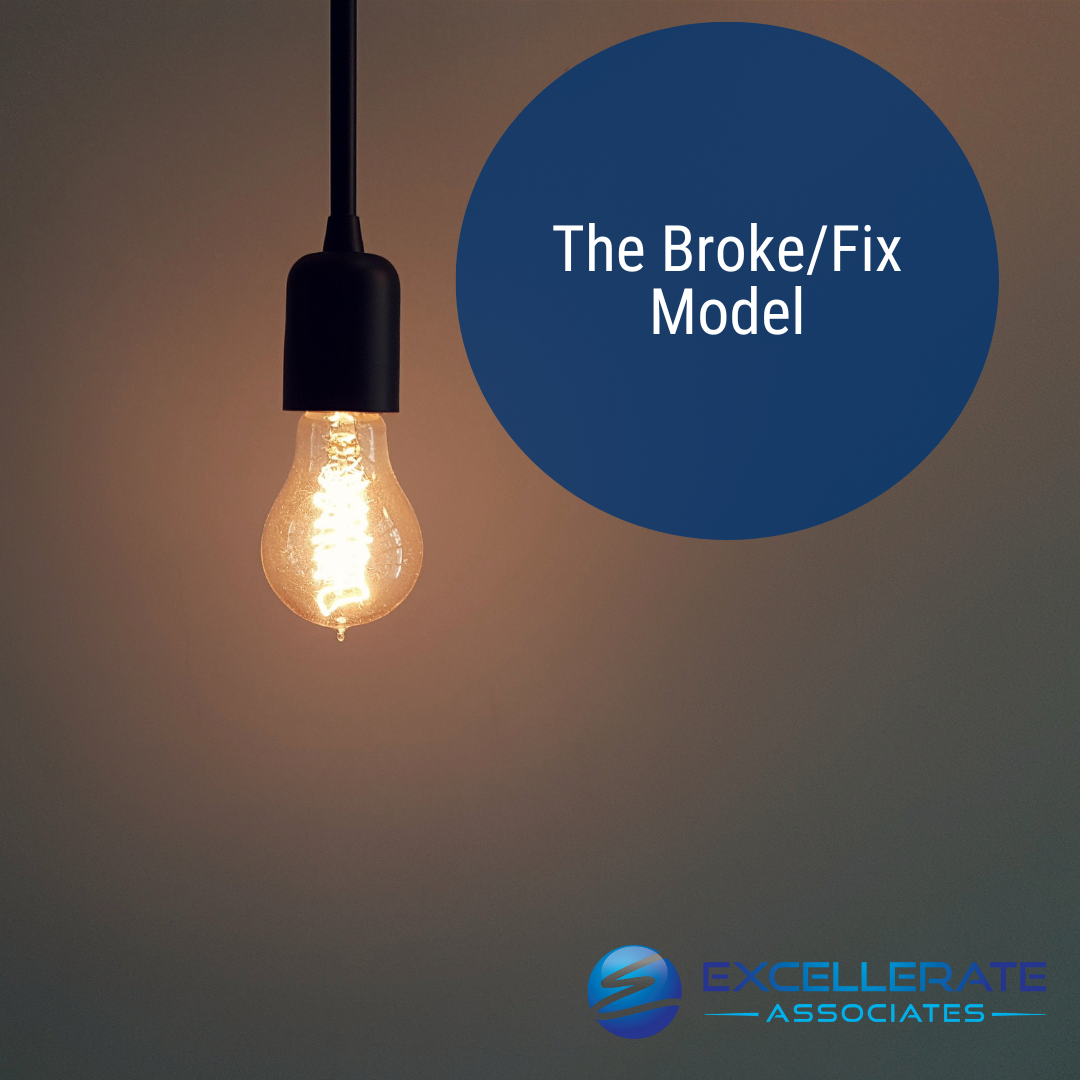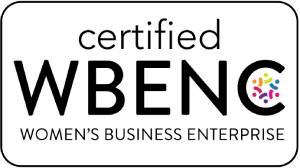 When coaching or consulting with organizations, one recurring pattern we see is what I call the “broke/fix model.” Under this model, we implicitly or explicitly assume something is broken, and the job is to fix it. On the surface, this seems reasonable: find what’s not working, diagnose it, repair or eliminate it. But over time, this mindset becomes a lens that limits what we see, what we imagine, and what we build. It frames problems as the central reality rather than possibility; deficits rather than strengths; what’s missing rather than what’s present and generative.
When coaching or consulting with organizations, one recurring pattern we see is what I call the “broke/fix model.” Under this model, we implicitly or explicitly assume something is broken, and the job is to fix it. On the surface, this seems reasonable: find what’s not working, diagnose it, repair or eliminate it. But over time, this mindset becomes a lens that limits what we see, what we imagine, and what we build. It frames problems as the central reality rather than possibility; deficits rather than strengths; what’s missing rather than what’s present and generative.
In this post I’ll unpack the Broke/Fix Model, show how it limits innovation and engagement, and present frameworks that suggest more generative ways of seeing and acting into possibility.
What the Broke/Fix Model Looks Like
Here are typical symptoms of a company culture when the Broke/Fix Model is predominant:
• Emphasis on problems, gaps, faults, errors as starting point (“What’s wrong?”).
• Diagnoses and root-cause analyses dominate early stages.
• Fix = remove/repair what is broken; often the aim is return to “normal” or “baseline.”
• Success is measured by a reduction of negative indicators (errors, complaints, failures).
• Less attention to what is already working, what strengths or successes exist, or what could be built upon.
This is not inherently bad—sometimes broken things do need to be fixed. But when this perspective is the default, it tends to blind us to possibilities, sap morale, reinforce deficit narratives, limit creativity, and can even perpetuate the very problems we’re trying to solve.
How It Limits Possibility
1. Fixation on what’s wrong diminishes what’s right
When we always look for what’s failing, we overlook the existing strengths and capacities that can be leveraged. This can lead to solutions that are reactive, patchwork, or shallow, rather than generative or transformative.
2. Negative framing reduces psychological safety, engagement, creativity
Constant focus on deficits tends to put people on the defensive, increase blame, reduce a sense of ownership or hope. People may feel that nothing they do is ever good enough.
3. Narrow vision for what “good” or “better” looks like
If “better” simply means “less bad,” then innovation tends to stop at incremental improvements. New possibilities—different futures—are harder to imagine.
4. Reinforcement of status quo power structures
Often, those defining what is “broken” are in authority; solutions are imposed from “above.” This dynamic both limits participation and can ignore systemic causes or unseen strengths in less powerful parts of the system.
5. Risk of burnout and demoralization
Focusing on fixing failures or gaps can be exhausting. Successes may be taken for granted; failures loom large.
Moving Toward a More Generative Model
I’m not arguing that we should never notice breakdowns or fix problems. Rather: we should expand our default frame so that possibility, strengths, assets, and generative potential are in view alongside what needs to be improved.
Below are some shifts and practices that help shift into a more generative culture:
From: What’s wrong?
To: What’s working / what’s possible?
Practice Changes:
Start meetings by asking for stories of success, peak experiences, or what people do well. Use those as building blocks.
From: Fixing deficits
To: Amplifying strengths
Practice Changes:
When designing interventions, ask “how can we do more of what already works?” not just “how to fix what isn’t.”
From: Reactive
To: Generative / anticipatory
Practice Changes:
Build visioning, dreaming, protyping these into processes—identifying what could be, not just what mustn’t be.
Implications for Leaders and Change Agents
• Be aware of the lens you bring: when diagnosing issues, notice if the language, questions, mindset are defaulting to broken/fix.
• Create space (agenda, process, time) for discovery of success and strengths.
• Use tools like Appreciative Inquiry or look at what successful outliers are doing to balance or shift perspectives.
• Measure not just what you eliminate (errors, problems), but what you grow (capacity, innovation, wellbeing).
• Watch for unintended consequences: e.g., by focusing too much on fixing, you may inadvertently suppress experimentation, stifle morale, or ignore hidden potential.
Conclusion
The broke/fix model has its place—but when it dominates our thoughts and actions, it narrows possibility, mutes strengths, burns out energy, and keeps us stuck in what’s already known rather than what’s possible. By incorporating strength‐based frames, co‐inquiry, co-creating, dreaming and visioning, we can transform not just what we fix, but how we imagine, build, and live into fresh new futures.






